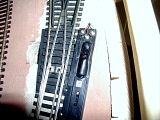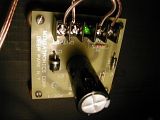Quote from: rockrailsnsnow on May 24, 2009, 11:31:58 AM
Rangerover,
FYI...I am able to use universal consisting with these Bachmann decoders on my Digitrax and NCE system without any problem. It is the Advanced (CV19) I am wrestling with. Just wanted that for convenience.
Hope this helps,
Michael
Boalsburg, PA
OOPS... we entered the same time. Now I understand, you've got me curious though, I have Decoder Pro and going to put one on the track and see. Thanks though, I'm just learning all this stuff!

 [/URL]
[/URL]
